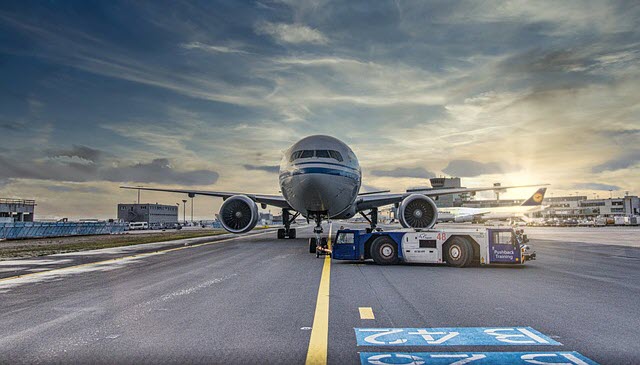In an increasingly competitive air travel market, budget airlines like Frontier and Spirit are intensifying their efforts to attract cost-conscious customers, even as they face stiff competition from premium carriers such as United, American, and Delta. These low-cost carriers are offering enhanced services that some are dubbing the “poor man’s first class,” including more legroom, blocked middle seats, a free checked bag, Wi-Fi, and complimentary drinks.
The move is part of a broader strategy by budget airlines to differentiate themselves in a market where consumers are becoming more selective about their travel experiences, especially in the post-pandemic era. While premium carriers have long dominated the market with their diverse seating options and extensive amenities, budget airlines are now trying to close the gap by offering value-added services at lower prices.
“Poor Man’s First Class”
The concept of “poor man’s first class” is emerging as a popular choice for travelers who want a more comfortable flying experience without breaking the bank. Frontier and Spirit, known for their no-frills approach, are experimenting with offering perks that were once considered the domain of premium airlines. This includes offering more legroom, which has become a significant selling point for passengers weary of cramped seating, and blocking the middle seat, which not only provides extra space but also a sense of privacy.
These budget carriers are also enhancing the in-flight experience by including free checked bags, Wi-Fi access, and complimentary drinks, making their offerings more attractive to passengers who might otherwise opt for a premium carrier.
Challenges and Competition
Despite these efforts, budget airlines face significant challenges in competing with the larger, more established carriers. Premium airlines like United, American, and Delta have the advantage of operating bigger planes with more diverse seating options, allowing them to offer competitive pricing on certain rows while still maintaining a high level of service.
Budget airlines, on the other hand, are more sensitive to fluctuations in fuel prices and the costs associated with labor contracts. Their core customer base is primarily focused on finding the lowest possible fare, which limits the airlines’ ability to raise prices to cover increasing operational costs. This has led to creative solutions from budget carriers to offset costs without alienating their price-sensitive customers.
One such proposal from Spirit Airlines included the idea of having flight attendants wear uniforms adorned with Bud Light advertisements as a way to generate additional revenue. While this idea has not yet been implemented, it highlights the lengths to which budget airlines are willing to go to keep fares low while enhancing the customer experience.
The Future of Budget Air Travel
As the battle between budget and premium airlines heats up, travelers are likely to see continued innovation and competition in the marketplace. Budget airlines are expected to keep pushing the boundaries of what they can offer at low prices, while premium carriers will continue to leverage their size and resources to maintain their market share.
For consumers, this competition could result in more options and better value, particularly for those who are willing to shop around for the best deals. Whether it’s the allure of “poor man’s first class” or the reliability of a premium carrier, the evolving landscape of air travel promises more choices for the cost-conscious traveler.
Image by Tobias Rehbein from Pixabay



